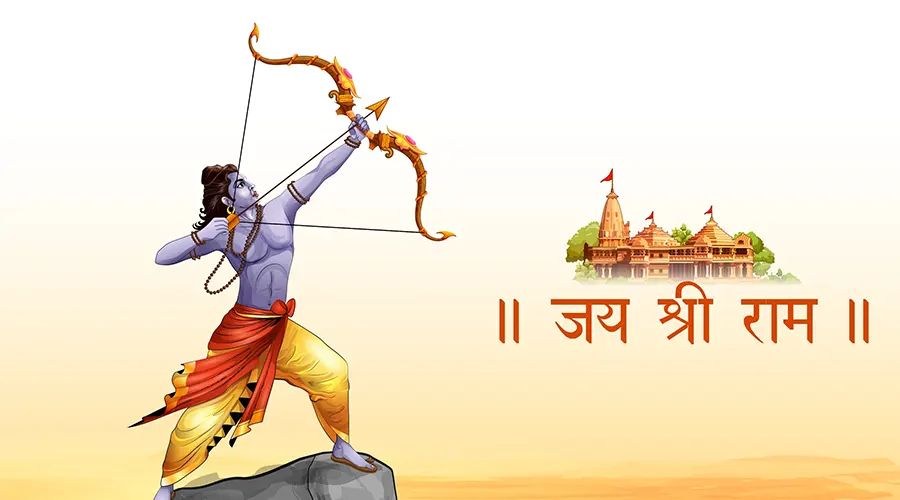Mysore Palace
When talking about the historical monuments of Karnataka, it is impossible to not mention the spectacular Mysore Palace. The royal official residence and seat of the Wodeyars (1399 to 1950), the palace is one of the most famous places to see in Mysore, Karnataka.
The magnificent palace has an Indo-Saracenic layout with a blend of Hindu, Islamic, and Gothic architectural styles. Standing three-storey-tall amid sprawling gardens, the palatial building overlooks the scenic Chamundi Hills. A visit to Mysore Place introduces you to the historic tales, the lavish way of living, and the royal memorabilia making it an unmissable delight of South India. Plan a visit to Mysore Palace during Dusshera. The 10-day festival is an extravagant celebration, where the palace is decked in its optimum beauty.
History of Mysore Palace
Of the seven palaces that dot the cityscape of Mysore, this royal edifice is the most splendid one. The palace had its foundation laid way back in the 14th century by the Wodeyars or Wadiyars, the royal family of Mysore. It is believed that Yaduraya Wodeyar, the first ruler of the Mysore Kingdom, built a palace in Puragiri aka the Old Fort during his reign. This palace, which is believed to be the predecessor of the current palace, has been demolished and reconstructed multiple times over six centuries.
Initially, the palace was a wooden fortress that was struck by lightning in 1638 and reconstructed under the rein of Kantirava Narasa Raja Wodeyar. In 1793 AD, when Tipu Sultan took over the Wodeyar Dynasty, he demolished the palace and rebuilt it. In 1799, soon after the death of Tipu Sultan, the palace came under Krishnaraja Wodeyar III, who redesigned the palace as per the Hindu architectural style.
Sadly, in 1897, the palace was destroyed by fire during the wedding ceremony of Princess Jayalakshmmanni. Again, Maharani Kempananjammanni Devi and her son Maharaja Krishnaraja Wodeyar IV decided to rebuild the palace. The task of revamping the palace was commissioned to a British architect named Henry Irwin, who designed and completed this palace in 1912, at a whopping cost of over 41 lakh Indian rupees. Further expansions were done and a Public Durbar Hall wing was added to the palace under the reign of Jayachamarajendra Wadiyar during the 1930s.
Architecture of Mysore Palace
Mysore Palace is built in the Indo-Saracenic style with a touch of Hindu, Mughal, Rajput, and Gothic architectural styles. The three-storied palace along with a 145 feet five-storied tower was built using fine grey granite while deep pink marble was used for the domes. The exterior of this marvelous structure is enriched with two durbar halls, several arches, canopies, columns, and bay windows. There is also a sprawling green garden surrounding the palace. The interiors are opulently designed with carved doors, stained glass ceilings, glittering glazed flooring tiles, spectacular Czechoslovakian chandeliers, and works of art from all over the world. All the rooms of the palace are stunningly luxurious and quite appealing.
Above the central arch, there is a divine sculpture of Gajalakshmi – the goddess of wealth with two elephants. In addition to the three entrances, located on the eastern, southern, and western sides, the palace features several secret tunnels. There is also a group of temples at the palace, built from the 14th to the 20th century.
Mysore Palace Light and Sound Show
The light and sound show held in the evenings is one of the prime attractions at Mysore Palace. The entire show portrays the 600-year-old cultural heritage, history, and traditions of the Wodeyar Dynasty in a visually appealing manner.
- Duration: 45 minutes
- Timings: 7.00 pm to 08.00 pm; all days except Sundays and public holidays
Mysore Palace Illumination
Mysore Palace is lit up in the evening on Sundays and public holidays, and also during the ten days of Dasara celebrations. During weekdays, you can enjoy the illumination after the light and sound show for five minutes. The illumination is done using 97000 electric bulbs, making the palace a sight to behold.
- Timings:
Sundays, public holidays, and during Dasara – 7:00 pm to 7:45 pm
Weekdays – 7:40 pm to 7:45 pm - Tickets: Not required


























